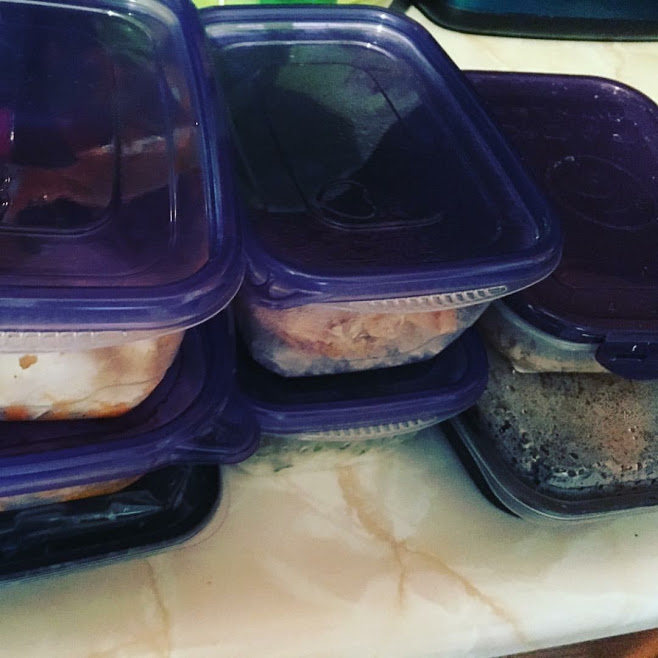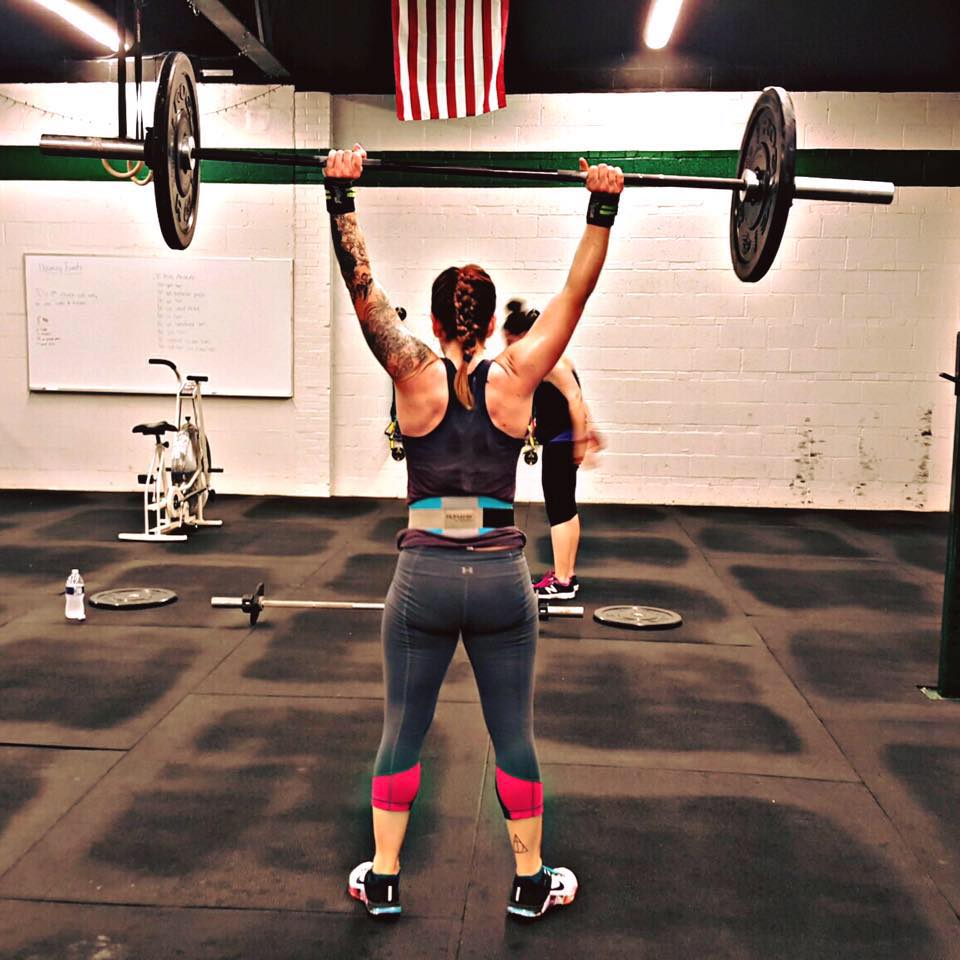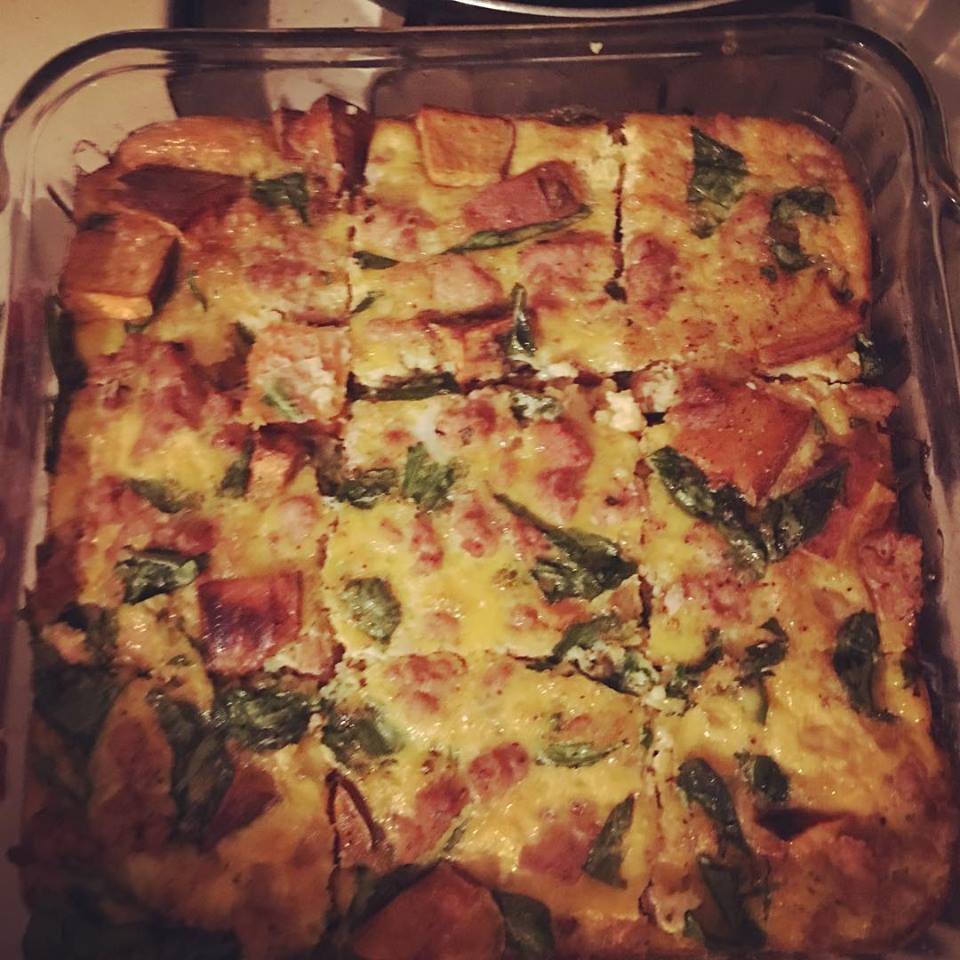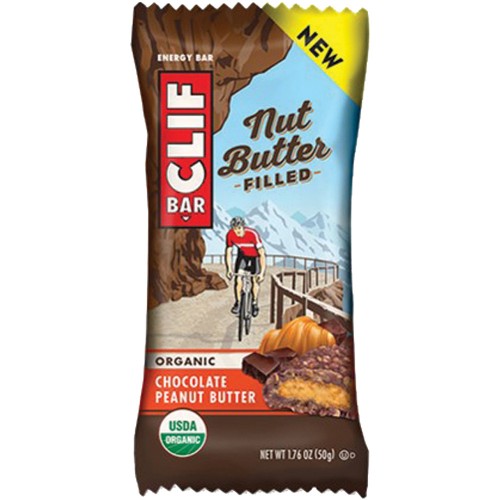Protein Machine
For starters, the intake of protein has again been recognized as an important aspect of daily nutrition. The quality and sources of protein are important to consider as well as innovative ways to obtain protein like through plant or insect-based sources. Another piece to the protein puzzle comes from when we eat it.

“New research is showing that distributing protein evenly throughout the day is important for optimal health benefits.” (Dairy Council of California, 2016)
Research further suggests that eating protein earlier in the day, during breakfast and lunch can be more useful than eating it solely at dinnertime. This idea of nutrient timing is not exclusive to protein. Carbohydrate timing is another effective tool that I have personally been using for the last month, with noticeable positive results in performance and body composition. I have managed to lose a small amount of body weight, gradually, but the most significant visible change has come in muscular definition.

By maintaining a very specific diet based on the macro-nutrient (carbs, fats, & protein) timing, I have learned to eat a pre-measured amount of carbohydrates, protein, and fats at each meal and at specific times during my day. Based on my CrossFit® training and running schedule, I consume the majority of my carbohydrates immediately before, during, or after my activity. If I’m only working out once and it’s early in the morning, I gradually decrease my carbohydrate intake throughout the day, as my activity level decreases. At the latter part of my day, I need those carbohydrates less, since I'm at work and not up and moving quite as much.
I end each evening with a slow-digesting protein (Casein) at bedtime that helps with recovery for the next few days’ training while I sleep. I’ve experienced a better rebound affect during the week, even after tough and two-a-day sessions. In the past, I would make it to mid week and feel incredibly sore and fatigued. I’ve also noticed a considerable difference in my performance while consuming my “workout carbs”, which is a shake that consists of approximately 10 to 15 grams of whey protein, mixed in coconut water. Coconut water is used because I need to consume anywhere between 25 to 50 grams of carbohydrates (depending on the length of my training session) during my workout for fuel. If coconut water is not something you have access to or like the taste of, you can use a favorite fruit juice or Gatorade to obtain the carbohydrates needed for your workout. The main point is that these carbs are being utilized, not wasted.
Below is a typical morning meal for a weight-training day:
Pre/Intra-Workout Shake – About 32 ounces of coconut water w/15g of whey protein evenly mixed.
I drink 1/3 of my shake when I wake up then, 2/3 during and after workout.
Post Workout – 2 to 3 ounces of lean protein via egg whites (4 to 6) or protein pancake(s) that equals approximately 12 to 18g of protein.
Carbohydrates must equal 25g- obtained through measured oatmeal, slide of toast, or through the pancake(s).
Fat source - 1 tablespoon of organic peanut butter
Black coffee
This is just an example of how I plan out my morning, but you can easily substitute other options like fruit for your carbs or an egg white omelet that has some cheese in it to obtain your fat for that meal. You can really get creative with your preparation; though I find that keeping it simple works best for me. So, this might mean that meals are repeated, but at least I know how much of my macro-nutrients are in each meal. Since meal prep usually takes a few hours of my Sunday, I like to make it easy on myself by making a large batch that can be distributed throughout the week.

Delicious and healthy snacks can also play a role in your daily planning. Include healthy snack alternatives that contain "low-glycemic" (doesn't drastically increase blood glucose) carbs instead of those with higher glycemic values. Why does this matter? Well, low-glycemic foods will help you sustain energy instead of simply spiking the blood sugar level and leading to a crash later. They also reduce the storing of glucose as fat, but storing it in your muscle instead. Nuts are an excellent example of low-glycemic foods. Clif® Bar has a USDA Certified Organic line of Nut Butter Filled bars that provide a healthier, low-glycemic snack to give you longer-lasting energy.

Even if you're not an athlete, meal preparation is incredibly valuable for trying to maintain your current body weight, lose weight, or simply eat better quality food. By planning out your meals, you have better control over portion size and can prevent eating more processed or "fast" foods. Simple at-home nutrition strategies can be initiated in this type of "trial and error" way. These strategies provide a great start if you are looking for a way to be more proactive with your health. If you are suffering from stomach issues or problems with low energy, this method could be a way of figuring out what's going on and moving towards a more permanent solution. Of course, if you have been diagnosed with more serious conditions like diabetes, heart disease, high blood-pressure, chronic inflammation and/or other related conditions, you should seek consultation with a licensed medical professional before starting any diet plan.
Here's to Health and Happy Eating!
Want to check out those yummy Clif® bars? Follow the link below to get your hands on this healthy snack alternative.
http://www.holabirdsports.com/clif-nut-butter-filled-bars-12-pack.html
Supplemental information provided by:
The Dairy Council of California. (2016). “Top 10 Nutrition Trends for 2016.” Retrieved from http://www.healthyeating.org/Portals/0/Documents/Health%20Wellness/Trends/Top10NutritionTrends_Spr2016.pdf

